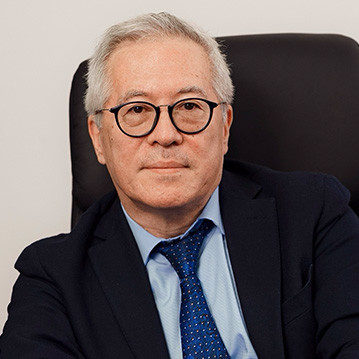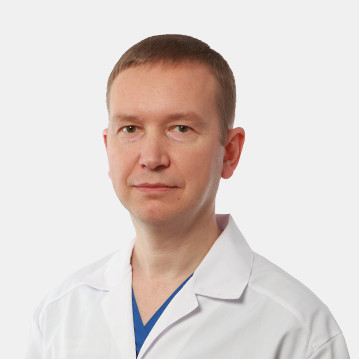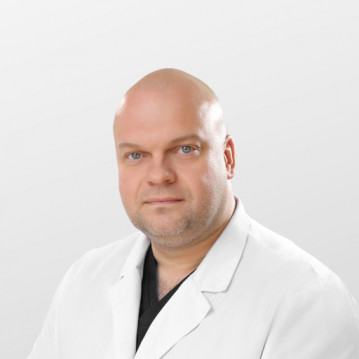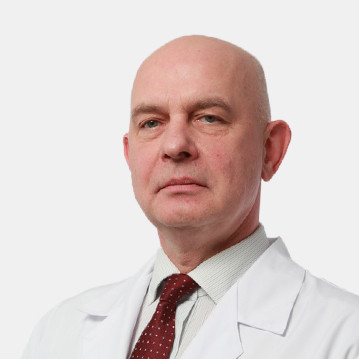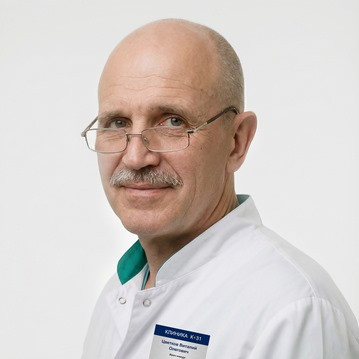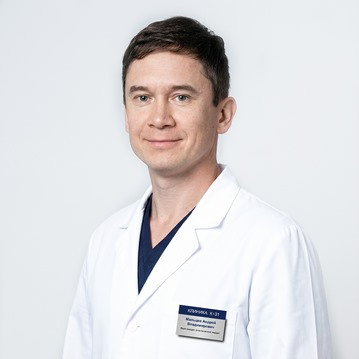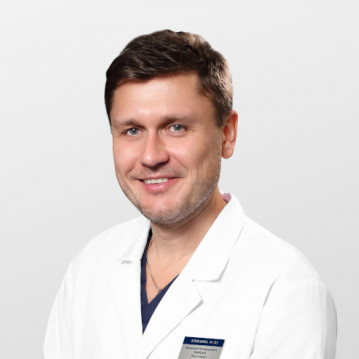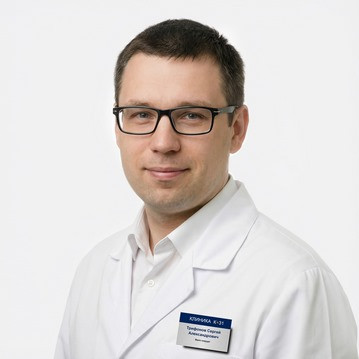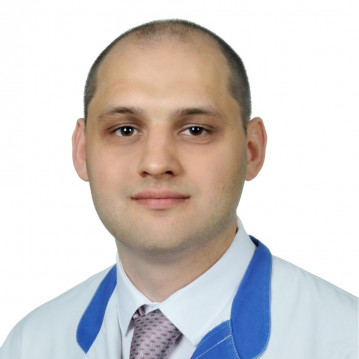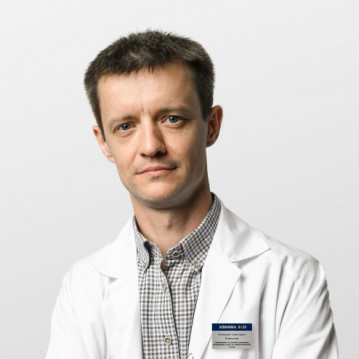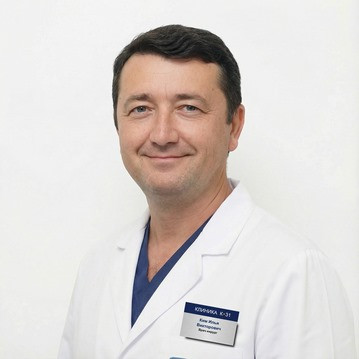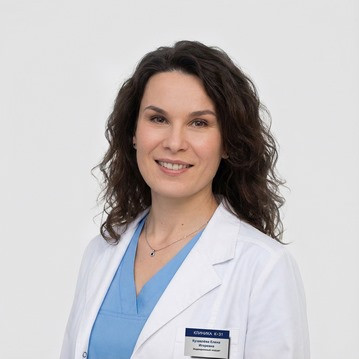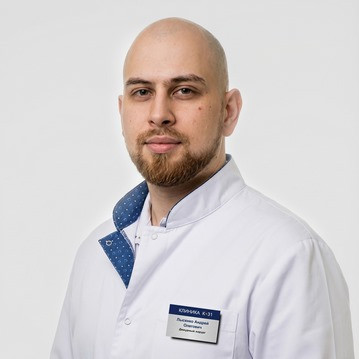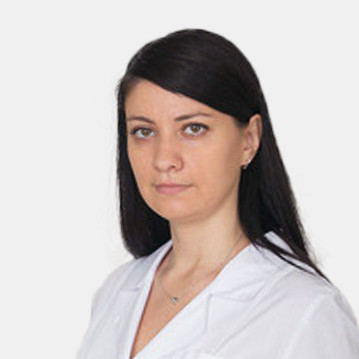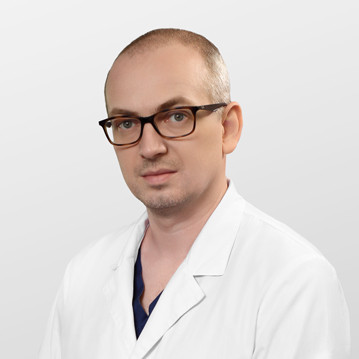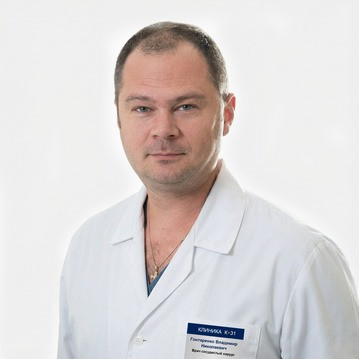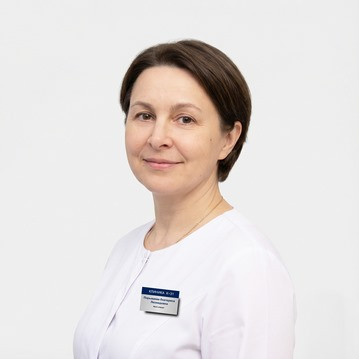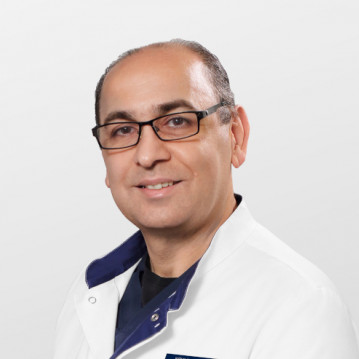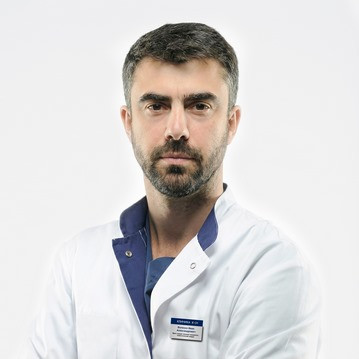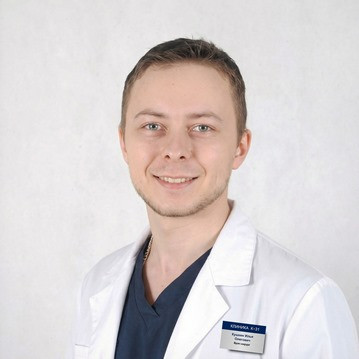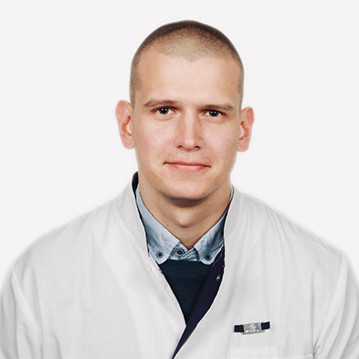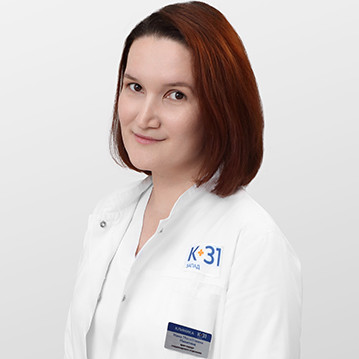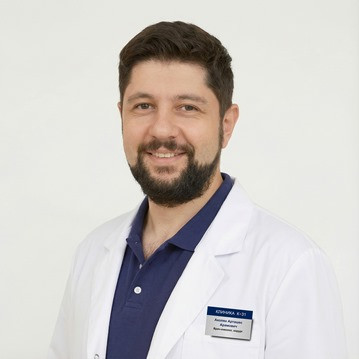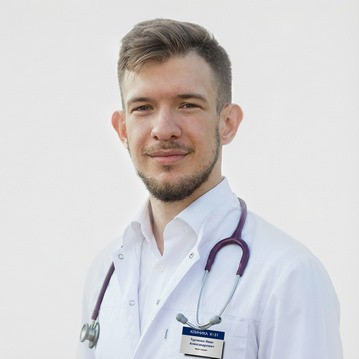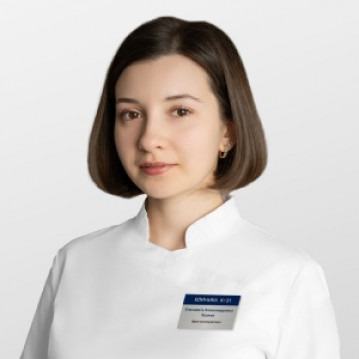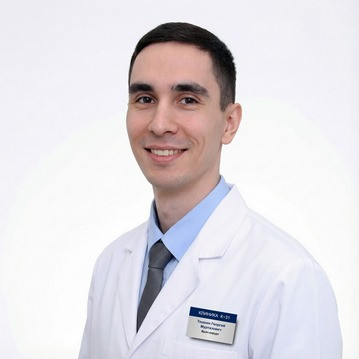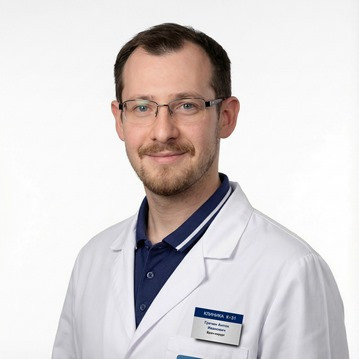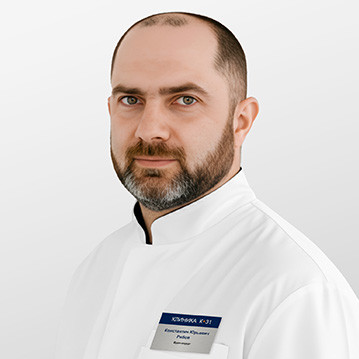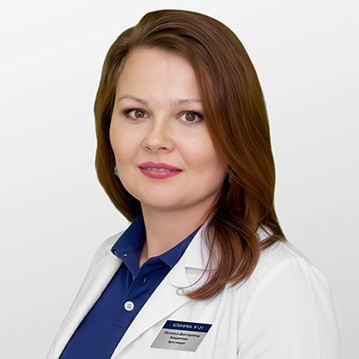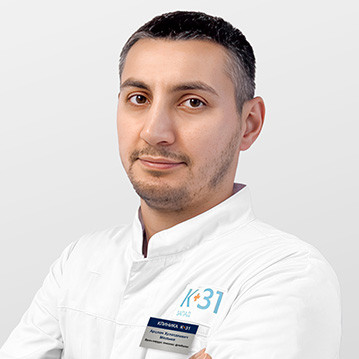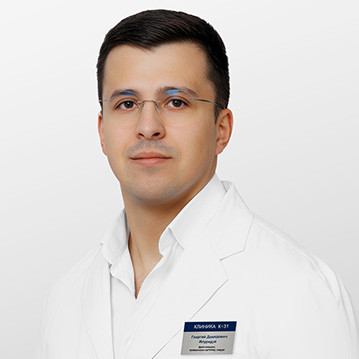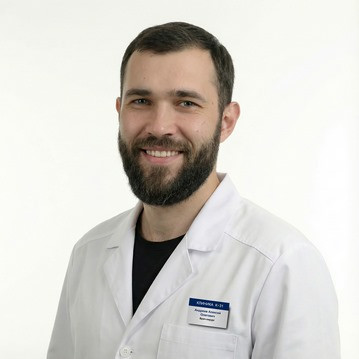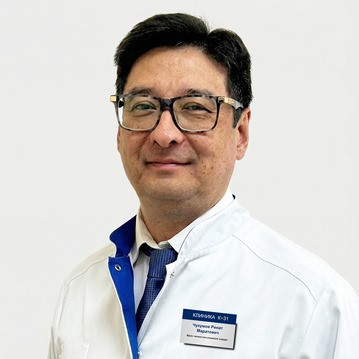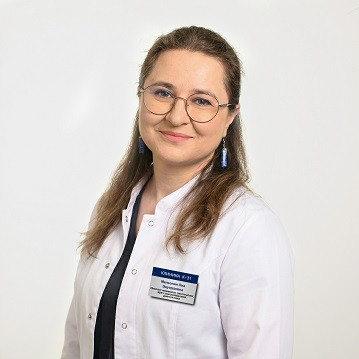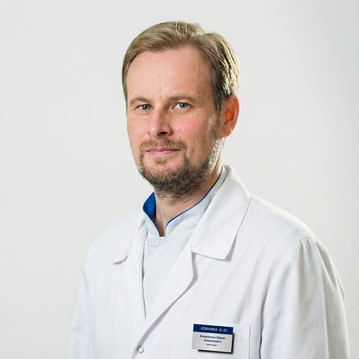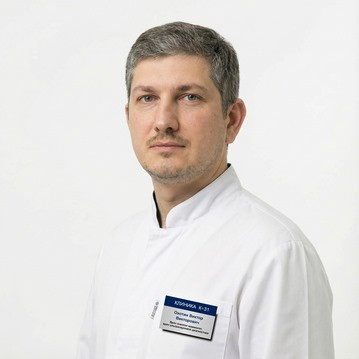Angiosurgery, or vascular surgery, is the branch of surgery responsible for the detection, treatment and diagnosis of diseases of the veins and arteries. Vascular surgery requires special training of the doctor and special equipment in the clinic.
The profile of vascular surgery in our clinic is represented by two departments:
- Phlebology. Doctors diagnose, treat and prevent venous diseases.
- X-ray endovascular surgery. Minimally invasive treatment of cardiovascular pathologies - unlike abdominal operations, the traumatic effect on the body, blood loss and the likelihood of complications is much less. Elimination of the pathological focus occurs from the inside of the arteries, less often - veins.
Doctors of the Department of X-ray Endovascular Surgery possess the following methods of treatment and diagnosis of vascular diseases of the lower extremities:
- Balloon angioplasty with stenting. A specialist with the help of devices introduces a balloon into the vessel, which expands, then a stent with a therapeutic coating or without it is inserted into it (this depends on the reason for the manipulation). Thus, the diameter of the vessel at the site of narrowing increases, and blood flow is restored. The special structure, resembling a spring, prevents the stent from shrinking, does not injure the choroid.
- Mechanical catheter thrombectomy (innovative Rotarex technology). The catheter is passed through the vessel wall and the clot is removed.
- Catheter atherectomy (Turbohawk, HawkOne technologies). Allows you to eliminate atherosclerotic plaques from the lumen of arterial vessels. Most often this occurs in the arteries of the neck, legs, heart. A special catheter allows a patient to get rid of cholesterol deposits of any size and shape by cutting, evaporating or excising them.
We perform endovascular interventions on other peripheral arteries. These include:
- Balloon angioplasty and stenting of the brachiocephalic (carotid) arteries, renal arteries and other blood vessels.
- Embolization. The device delivers rounded microparticles or coils (emboli) of inorganic material in order to block the lumen of the vessel. Thus, the removal of tumors occurs - due to the termination of blood access, the neoplasm cannot continue to grow and dies. They also stop bleeding, eliminate varicocele. The role of emboli can be drugs for a point effect on a malignant tumor - this reduces the toxic effect of chemotherapy on the body as a whole.
- Endoprosthetics. The damaged part of the vessel is removed, an artificial flap is installed instead. Helps maintain the integrity and patency of veins and arteries.
- Carboxyangiography is a modern diagnostic method used to identify vascular pathologies. Based on the introduction of a solution with carbon dioxide through a catheter. It is especially indicated for patients with iodine allergy, renal insufficiency, since it does not affect the functioning of the kidneys and does not cause intolerance.
- Thrombolysis. The thrombus is dissolved by the introduction of special drugs - thrombolytics.
Clinic K+31 offers services for the implementation of diagnostic and therapeutic measures on the vessels of the heart, including:
- coronary angiography;
- percutaneous coronary interventions - these include balloon angioplasty and stenting of the coronary arteries.
The indisputable advantages of treatment in our clinic are the ability to use minimally invasive methods, quick recovery after surgery.
